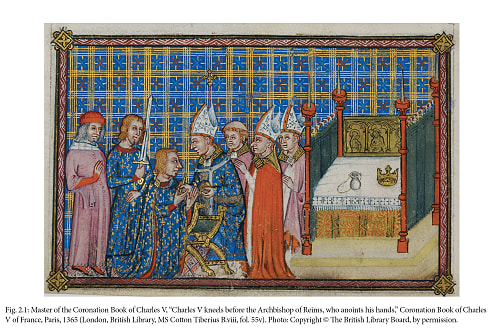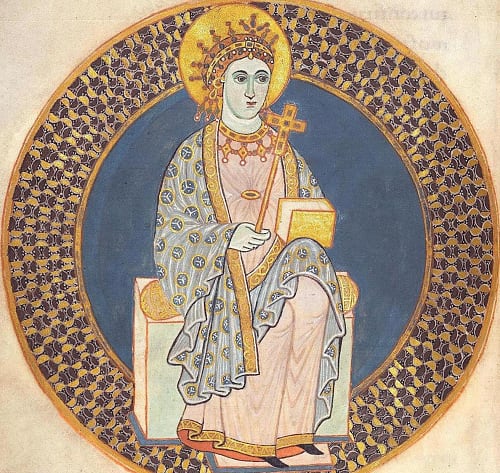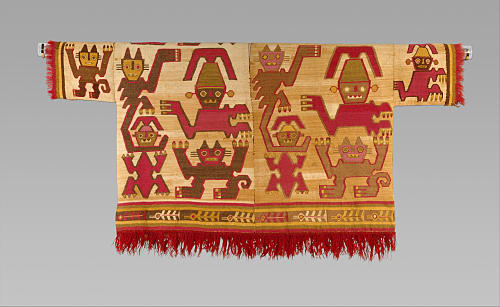



johndoe@gmail.com
Are you sure you want to reset the form?
Your mail has been sent successfully
Are you sure you want to remove the alert?
Your session is about to expire! You will be logged out in
Do you wish to stay logged in?
The study of medieval clothing and textiles has aroused great attention in recent years, as part of the growing concern in material culture as a whole; apart from its own intrinsic interest, it has much to reveal about life at the time. Bloomsbury Medieval Studies is delighted to provide digital access to Boydell & Brewer’s renowned multi volume Medieval Clothing and Textiles series.
This exciting series aims to offer all those interested in the subject the fruits of the best research in the area. Interdisciplinary in approach, it features work from the fields of social and economic history, history of techniques and technology, art history, archaeology, literary and non-literary texts, and language, while experimental reconstruction of medieval techniques or artifacts will also form a particular focus.
This Featured Content is your gateway to delve into this rich and invaluable series.






